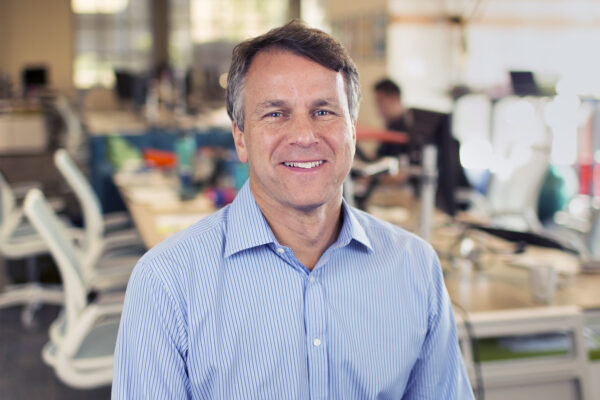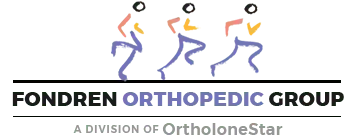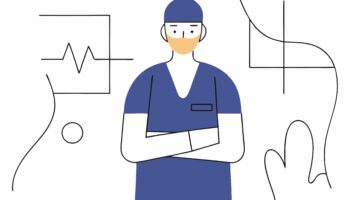
Livongo Founder and Executive Chairman Glenn Tullman
Silicon Valley startup Livongo Health is the latest in the line of digital health companies filing to go public, with a planned listing on the Nasdaq later this year. The chronic disease management company joins Change Healthcare, Phreesia and Health Catalyst as part of the raft of healthcare technology companies planning to go public after a nearly three year IPO drought in digital health.
A few choice details from the company’s S-1 form SEC filing illustrate Livongo’s potential advantages and pitfalls as it moves to become a public company. Here are a selection of five insights to glean from the document.
1. The company is continuing to lose money, but revenue is growing at a rapid clip as well.
Losses from the company jumped up to $33 million last year from $16.9 million in 2017 and Livongo lost $15 million in the first three months of 2019 alone. The good news? Revenue more than doubled between 2017 and 2018 to $68.4 million. The company’s $32.1 million in revenue for the first three months of 2019 is also a good indication that the trendline will continue.
2. Who stands to gain most from a successful IPO.
Livongo founder and executive chairman Glen Tullman remains its single largest individual shareholder owing 3.6 percent of the company personally and 7.1 percent through his VC firm 7wire Ventures. Venture investment firms General Catalyst, Kinnevik AB and Kleiner Perkins are the company’s largest overall shareholders owning 25.4 percent, 12 percent and 8.9 percent of the company’s shares respectively. Other major shareholders include CEO Zane Burke – formerly of Cerner – who owns 1.2 percent of the company, and the Merck Global Health Innovation Fund which has 7.6 percent of outstanding stock.
3. The company’s diabetes product remains their bread-and-butter and biggest cash cow.
While the company has branched out from its initial disease indication of diabetes into conditions like hypertension and programs targeting diabetes prevention and behavioral health, Livongo for Diabetes remains the largest revenue driver with its 164,00 members. The management solutions includes a connected glucose monitor, unlimited test strips, personalized health suggestions, digital tools and coaching and has been able to drive average client savings of $129 per member per month.
4. Half of the company’s sales comes from distribution channel partners and resellers.
The company’s top five channel partners are Express Scripts, CVS, Health Care Service Corporation, Anthem, and Highmark, which represented 59 percent of the company’s revenues in the first three months of 2019, according to the S-1. These relationships are non-exclusive and are paid through administrative or marketing fees. Livongo’s partnerships with PBMs and resellers are an important aspect of the company’s approach to eventually broaching the extremely lucrative Medicare population by opening up new ways to connect with patient populations in Medicare Advantage, Managed Medicare and traditional Medicare.
5. The company’s future plans rely heavily on leveraging its existing customer base.
Livongo Health has signed up 679 customers, mainly large self-funded employers looking to better manage their chronic disease costs. In 2018, the company was able to enroll an average of 34 percent of recruitable individuals in those companies onto Livongo for Diabetes over the course of 12 months. However, when it comes to “fully-optimized” clients that proportion goes up to 47 percent. The company’s growth plan includes the use of its channel partners and new engagement methods to open up new distribution and marketing avenues for Livongo products, as well as upselling existing customers into new verticals. Another growth avenue is international expansion, especially among the large multinational companies Livongo serves.
Picture: Livongo Health










